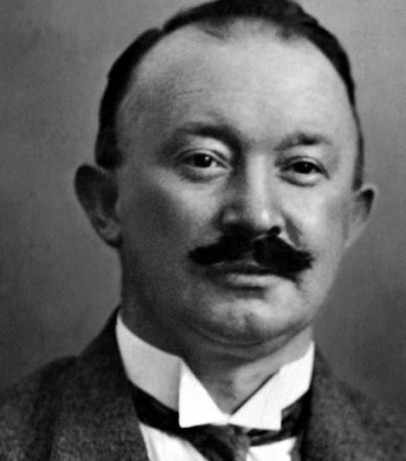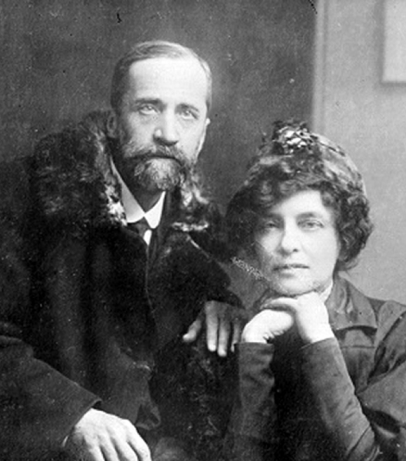On 18 August 1946, in the Italian-governed resort of Pula, 70 people were killed when a sea mine exploded. This tragedy was just one bloody illustration of the post-war problem of demining.
According to various sources and estimates, a total of 150 million mines of various types had been laid in the theatres of the war; 80 million of them remain undetonated and uncleared. One must add to this list a huge number of unexploded artillery and rocket shells, aviation bombs, hand grenades, etc. More than 79,000 mines were laid, including bottom and anchor mines, in the Baltic Sea alone, in the Black Sea this figure was 20,000. The clearance of sea mines required not only competent specialists but also specialised marine equipment.
In Britain, bombs and unexploded rocket-propelled grenades posed the main threat, while on the French coast, the greatest danger was mines and unexploded ordnance; in Holland it was anchored non-contact sea mines. During particularly tense moments of the war, mines were laid chaotically, without documentation or even a rough indication on maps.
Both France and Great Britain would use POWs for demining work, despite the International Red Cross and UN demanding that the Geneva Convention of 1929 not be violated. Yet, this approach proved to be unproductive – demining required specialists, not just manpower. Normandy used the manual work of more than 49,000 prisoners and 3,000 collaborators to demine its coast, for whom land clearing became a condition for release. Britain would use Ukrainian nationalists and Vlasovites for the same purpose, promising not to deport them to the USSR (their numbers remain unknown). The casualty rate for such demining work averaged 8-15 percent. The involvement of POWs in demining would later be forbidden by the Geneva Convention of 1949. However, the main work in this field had been completed by the time it was adopted.
Source:
Yevgeny Sokolov, “Post-War Combat Trawling: Integral Part of the Great Patriotic War” // Maritime Collection No. 5, 2014























